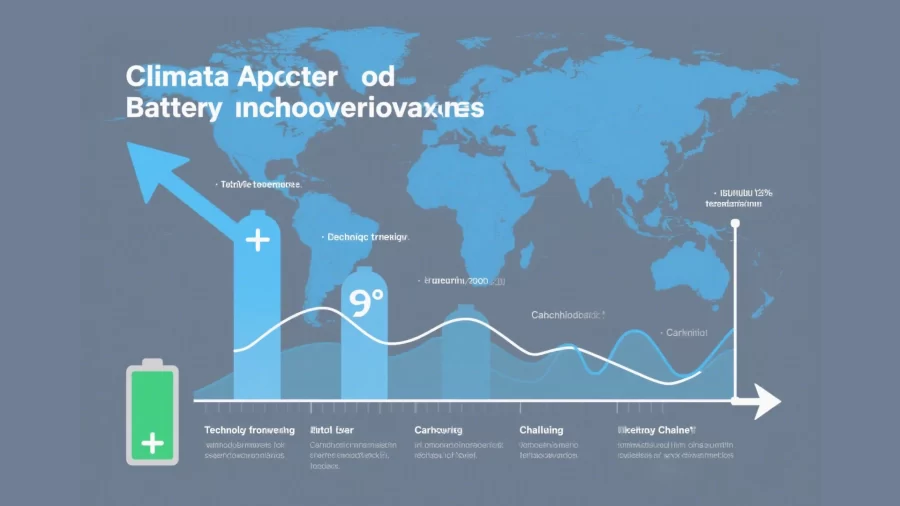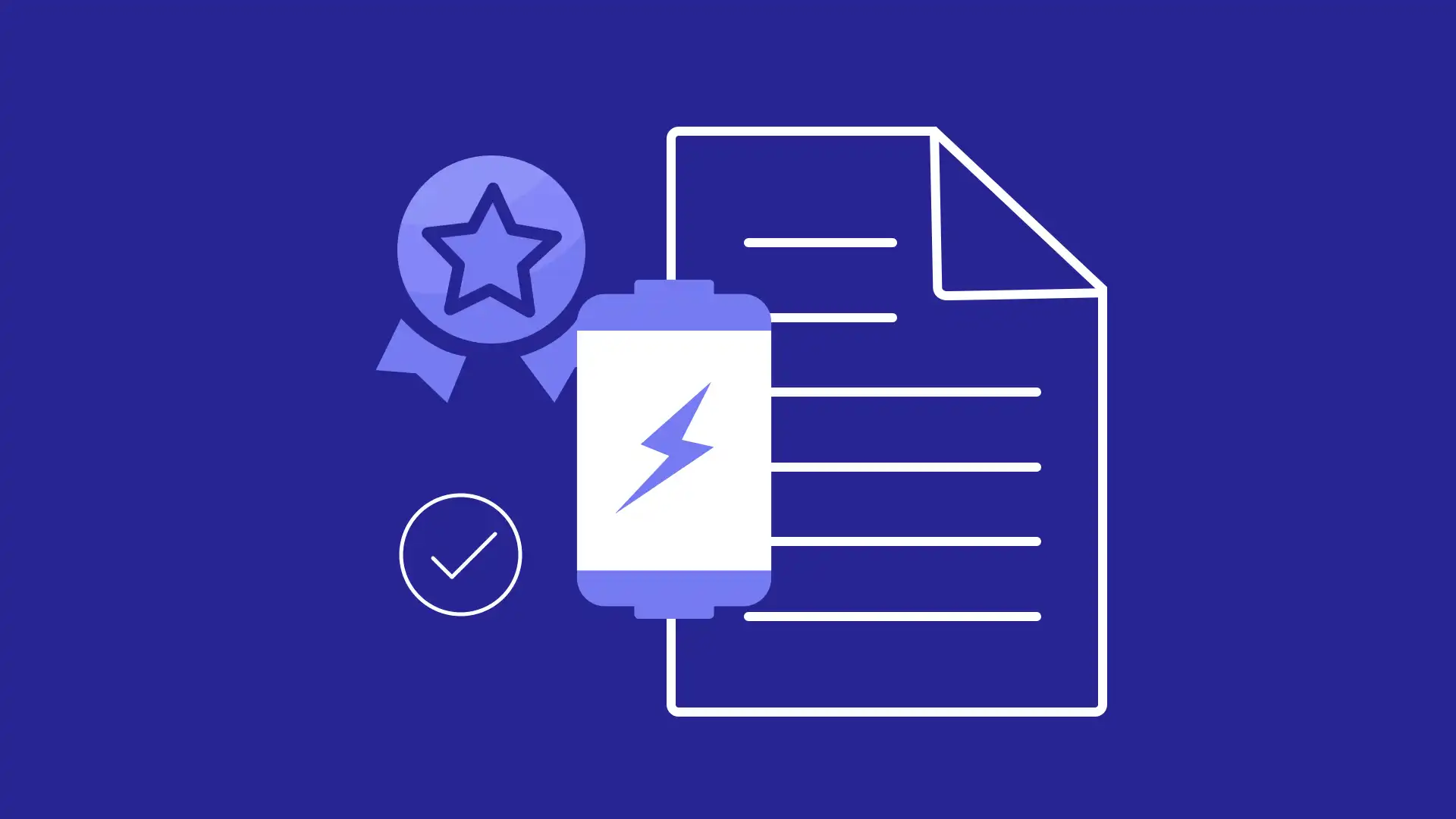Lithium batteries are all around us in our everyday lives- from our phones to our computers, to medical devices, to our electric cars. Global policy impact on lithium battery production and innovation are increasingly evident as governments worldwide implement new regulations. The trend of electric batteries permeating our everyday lives is not only happening at home- it’s happening all over the world. As global demand for lithium batteries rises, so does the emergence of new government regulations.
But how do these regulations affect the production and innovation of lithium batteries? Global policy impacts the lithium battery industry on both a micro and macro level due to factors such as subsidies and incentives, tariffs, green initiatives, and evolving standards and certifications on both the local and global level. In this article, we’re going to tell you everything you need to know about how global policy affects the lithium battery industry. Bookmark this article and save it for later in case you need to look up specific details in the future.
Here are the major political factors that are changing the lithium battery industry now and that promise a different landscape 5 or 10 years from now.
Global Climate Agreements
In 2015, the world’s leading lithium battery nations got together and signed the Paris Agreement, which signified that these nations would strive to reach net-zero carbon emissions by 2050. These nations include all of the biggest lithium superpowers, such as the U.S., China, Australia, Chile, India, and all 27 countries in the EU. This began a global commitment to tangible benchmarks to ensure that the future of lithium batteries would be as friendly to the environment as possible.
Unifying agreements standardize growth, and lead to experts in different countries sharing their findings, knowledge, and best practices to move collectively toward their mutual end-goal. This includes the discovery of better battery chemistries and production processes to produce a greener end-result around the world.
Global climate agreements also lead to other worldwide benefits, such as increased funding for research and development to reach national goals by 2050. Incentives also become prevalent due to these mutual agreements, such as the U.S. Inflation Reduction Act (IRA) and China’s New Energy Vehicle (NEV). In addition to this, global commitment leads to improved infrastructure for battery recycling and disposal.
Click here for a fully in-depth look at how global climate agreements influence battery innovation.

Trade Policies
In a one-sentence summary, governments implement tariffs, export restrictions, and local incentives for one reason- to keep the lithium battery money at home. Let us elaborate.
The most important materials used for lithium batteries—such as lithium, nickel, and cobalt—are often mined and exported from other countries. To encourage the use of domestic materials and keep money within borders, countries impose tariffs on imported goods. This policy impact on lithium battery production creates both opportunities and challenges for manufacturers. This discourages manufacturers from buying materials from other countries and boosts the local economy in both the short and long-term. However, it also poses a big inconvenience to manufacturers, whose access to cheap materials is restricted, cutting into their bottom-line profits.
Similarly, nations will impose export restrictions on raw materials such as lithium, cobalt, and nickel. This is common for a few of the world’s biggest lithium-producing nations, such as China, certain countries in Africa, and Chile. Countries will also offer local incentives to keep materials at home. This boosts local production, leading to more economic gain in the long run. Alternatively, the government can also offer incentives to mine and export more raw materials, as is the case with Australia, which is a major resource provider to China.
Emerging Market Policies
While demand for lithium batteries is mostly driven by developed nations in the present, the future of the lithium battery industry is largely reliant on demand in emerging markets. Governments aim to make lithium battery adoption more practical for emerging nations with less capital and infrastructure through trade policy and local incentives. Subsidies such as grants, tax breaks, or direct subsidies lower the up-front cost of lithium batteries and specifically EV adoption, paving the way for wider use shortly.
Governments invest in local production to cement their place as future leaders in the fast-growing lithium battery industry. Indonesia, for example, capitalizes on its abundance of nickel by investing heavily in local production, as well as by forming strategic global trade partnerships.
Sometimes, to introduce new ideas like EVs and lithium battery adoption, governments reduce import barriers for raw materials. Vietnam, for example, enables the easy import of key components for lithium batteries, which ensures affordable parts and end goods for manufacturers and cheaper retail prices for consumers.
Read more about how emerging markets’ policies affect lithium battery adoption here.
Standards and Certifications
Global standards such as UL, ISO, and UN/DOT reign as a unifying code of conduct for the manufacturing and shipping of lithium batteries, parts, and raw materials. Local standards such as the EU’s Battery Regulation, Japan Industrial Standards, or China’s GB/T Standards add extra quality control to ensure that the products being manufactured and shipped are safe and of good quality.
Click here to read more on understanding global lithium battery standards and certifications.
These standards and certifications are constantly evolving in all fields, including sustainability, transportation, safety, development, and cybersecurity. Many policies are enacted within a few years of the law’s passing but won’t show results for years or even decades. Such is the case for the EU Battery Regulation, which was approved in 2023 and is set to be implemented in 2027.
Energy Policies
Energy policies and regulations are a big driver for EV and lithium battery adoption around the world. In 2022, the United States approved the Inflation Reduction Act (IRA), which provides significant tax credits for EV buyers and incentives for domestic battery production. The European Union’s Battery Passport, a key component of the EU’s Green Deal, was approved in 2023 and will be implemented by 2027. This provision will establish digital tracking system mandates that require all EV batteries sold in the EU to provide detailed lifecycle data, ensuring compliance with environmental standards and sustainability benchmarks.
Governments invest in infrastructure and development as well. For example, in 2023, the U.S. Department of Energy (DOE) established the Battery Materials Research Program and committed $3.1 billion toward improving domestic battery supply chains, including R&D for next-generation technologies such as solid-state batteries and lithium-sulfur batteries.
Policy impact on lithium battery production and innovation is becoming increasingly evident as nations worldwide adjust their strategies. Whether it be through trade policies, climate policies, or standards and certifications, nations around the globe are collectively making an effort to progress into the future of lithium batteries together. This will include innovations such as improved battery chemistry, legislation that makes batteries safer and cheaper to use, and local protocols to boost local battery industries, all of which will lead to a more sustainable future for lithium batteries and easier adoption around the world.
Contact us for more information about ordering your custom-made lithium batteries today.











